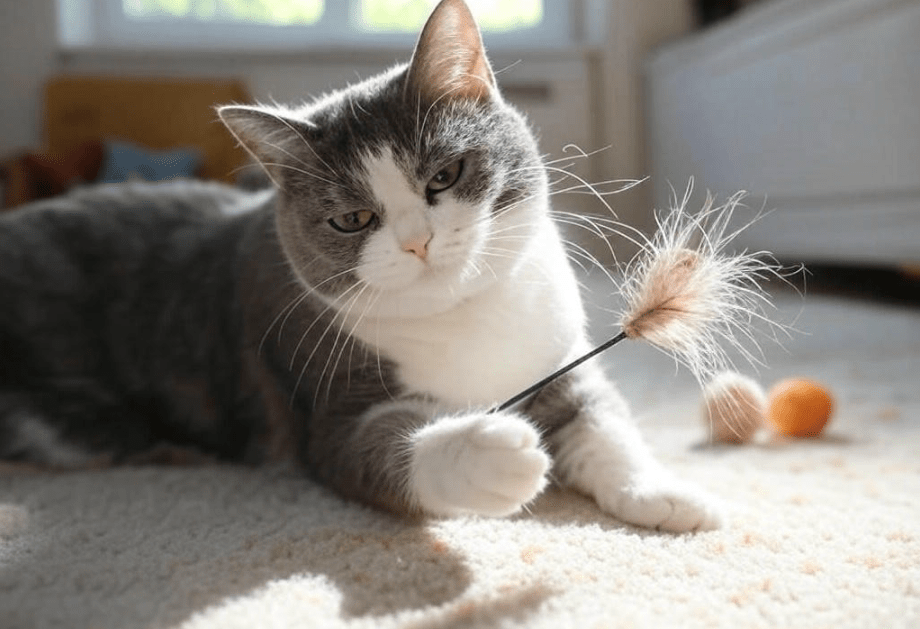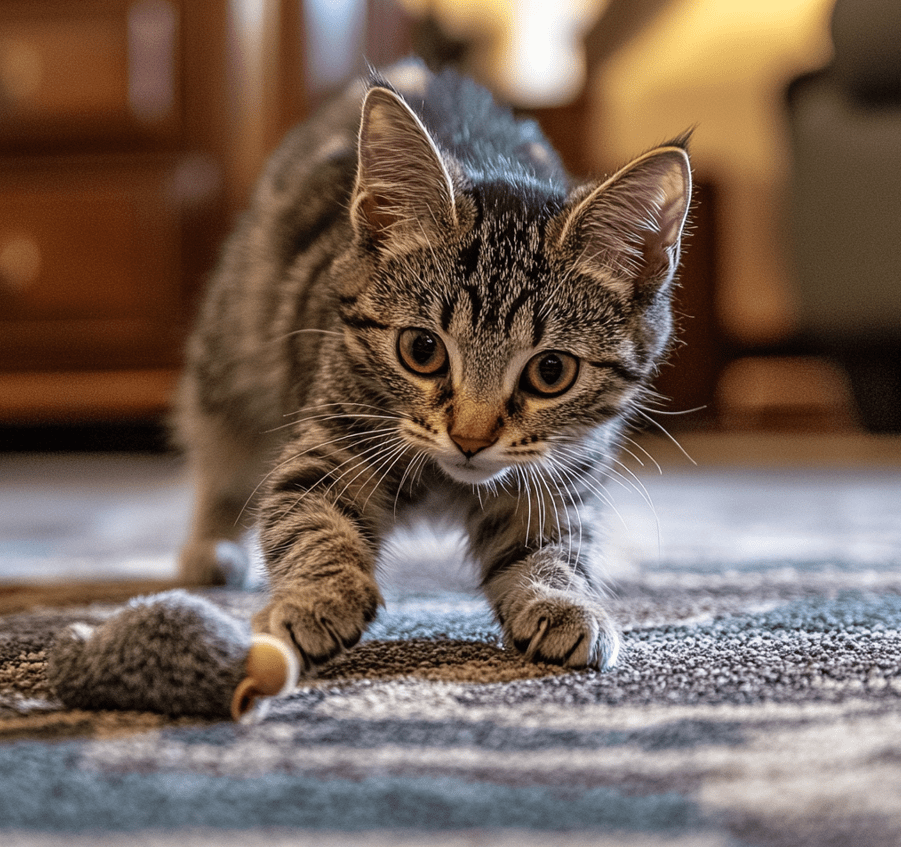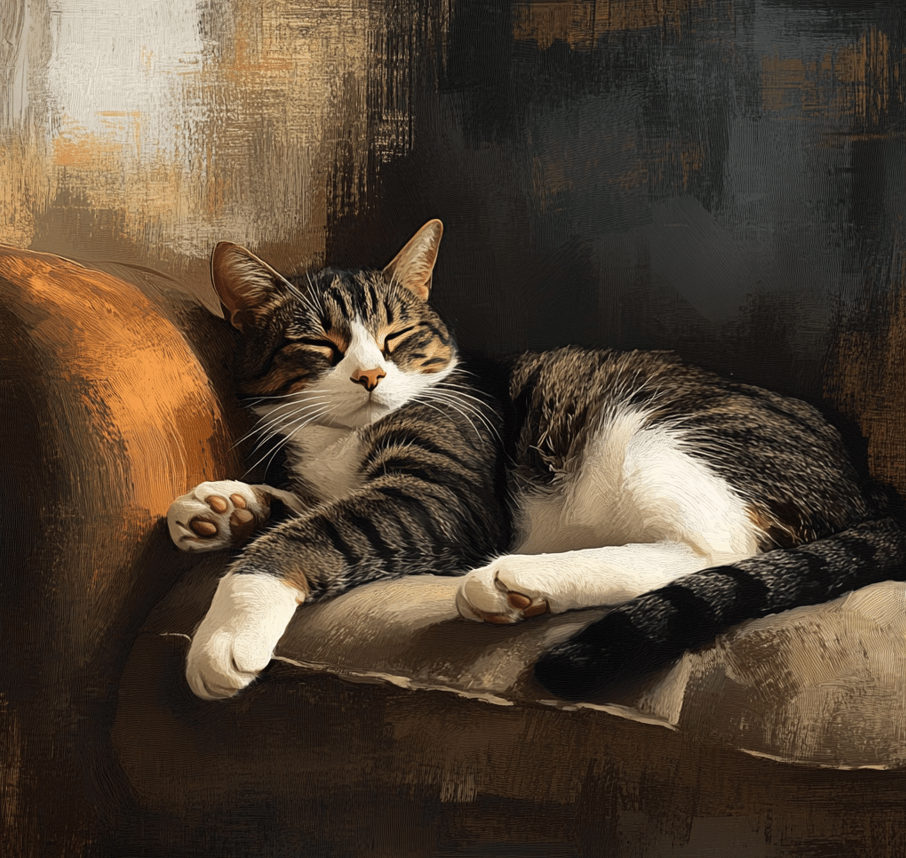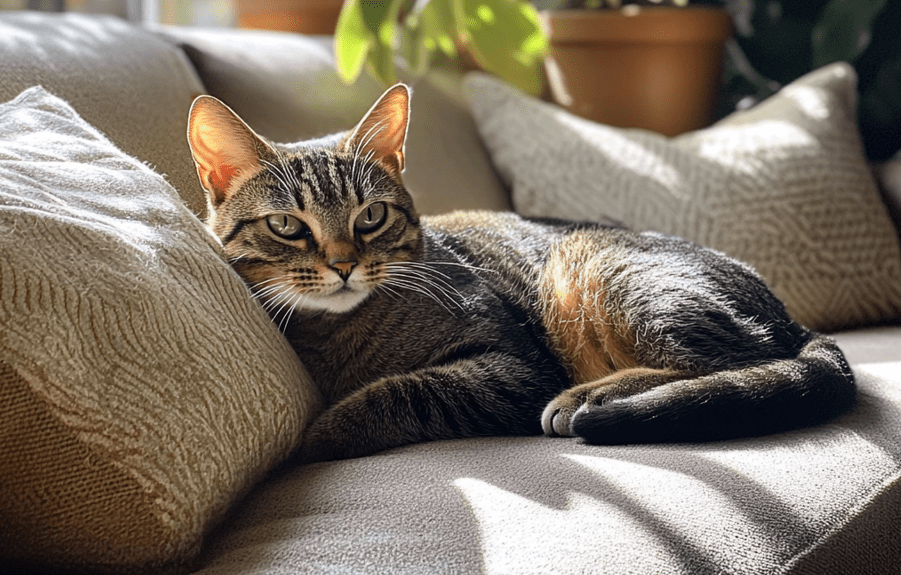
Domestic Shorthair Cats are beloved for their adaptability, playful personalities, and low-maintenance care, making them a popular choice for pet owners. However, one frustrating issue that can arise is when your Domestic Shorthair ignores the litter box, leading to messes around the home. This behavior, often called litter box avoidance, can stem from medical, behavioral, or environmental causes. Understanding why your cat is avoiding the litter box and implementing effective solutions is key to restoring harmony. This comprehensive guide explores the reasons behind litter box issues in Domestic Shorthairs and provides actionable steps to address them, ensuring a cleaner home and a happier cat.
Understanding Litter Box Avoidance in Domestic Shorthairs
Litter box avoidance occurs when a cat urinates or defecates outside the litter box, such as on carpets, furniture, or floors. For Domestic Shorthairs, this behavior is not a sign of spite or disobedience but rather an indication that something is amiss. Cats are naturally fastidious creatures, and their instinct is to use a designated area for elimination. When a Domestic Shorthair ignores the litter box, it’s often a signal of discomfort, stress, or an unsuitable setup.
Common reasons for litter box avoidance include:
Medical Issues: Health problems like urinary tract infections or kidney issues can cause discomfort during elimination.
Behavioral Factors: Stress, anxiety, or territorial marking can lead to inappropriate elimination.
Litter Box Problems: Issues with the box’s cleanliness, location, or type of litter can deter use.
Environmental Changes: New pets, people, or changes in routine can disrupt a cat’s habits.
By identifying the root cause, you can tailor your approach to encourage your Domestic Shorthair to use the litter box consistently.
Why Domestic Shorthairs Ignore the Litter Box
To address litter box avoidance, it’s essential to understand the specific factors that may cause your Domestic Shorthair to avoid the box. Here are the primary reasons:

1. Medical Issues
Health problems are a leading cause of litter box avoidance. Pain or discomfort during urination or defecation can lead your cat to associate the litter box with pain, prompting them to eliminate elsewhere. Common medical issues include:
Urinary Tract Infections (UTIs): Symptoms include frequent urination, straining, or blood in the urine.
Bladder Stones or Crystals: These cause pain and difficulty urinating.
Kidney Disease: Older Domestic Shorthairs may develop kidney issues, leading to increased urination.
Constipation or Diarrhea: Digestive issues can make defecation uncomfortable.
Arthritis: Joint pain in senior cats can make it hard to enter or exit the litter box.
If your cat shows signs like straining, vocalizing during elimination, or changes in urination frequency, consult a veterinarian immediately.
2. Stress and Anxiety
Domestic Shorthairs are sensitive to changes in their environment, and stress can trigger litter box avoidance. Common stressors include:
Household Changes: Moving, new furniture, or renovations can disrupt your cat’s sense of security.
New Pets or People: Introducing a new pet or family member may cause territorial marking.
Loud Noises: Construction, fireworks, or appliances can startle your cat.
Routine Disruptions: Changes in feeding or play schedules can create anxiety.
Stress-related avoidance often manifests as spraying or urinating on vertical surfaces, signaling territorial concerns.
3. Litter Box Issues
The litter box itself is often the culprit. Domestic Shorthairs can be particular about their elimination environment. Potential problems include:
Dirty Litter Box: Cats prefer a clean box and may avoid one that’s soiled.
Inaccessible Location: A box placed in a noisy, high-traffic, or hard-to-reach area may deter use.
Wrong Size or Type: A box that’s too small or has high sides can be uncomfortable, especially for larger or older cats.
Litter Type: Some cats dislike certain litter textures, scents, or dust levels.
Insufficient Boxes: In multi-cat households, there may not be enough boxes to prevent competition.
4. Territorial Marking
Unneutered or unspayed Domestic Shorthairs may spray to mark their territory, especially in response to other animals or stress. Even neutered cats may mark if they feel their space is threatened.
5. Negative Associations
If a Domestic Shorthair experiences pain, fear, or disturbance while using the litter box, they may develop a negative association. For example, a loud noise or an ambush by another pet during use can make the box feel unsafe.
Signs Your Domestic Shorthair Is Avoiding the Litter Box
Recognizing litter box avoidance early allows for prompt intervention. Watch for these signs:
Elimination Outside the Box: Urine or feces on carpets, beds, furniture, or other surfaces.
Frequent Attempts to Urinate: Straining or visiting the box repeatedly without success.
Spraying: Urine on vertical surfaces like walls or furniture.
Avoiding the Box Entirely: Your cat may stop approaching the litter box.
Behavioral Changes: Increased aggression, hiding, or vocalizing during elimination.
Documenting when and where the behavior occurs can help identify patterns and causes.
Steps to Address Litter Box Avoidance
Once you’ve identified potential reasons for your Domestic Shorthair’s litter box avoidance, take these steps to resolve the issue. Always start with a veterinary visit to rule out medical problems, then address behavioral and environmental factors.

1. Visit the Veterinarian
A vet can diagnose and treat medical conditions contributing to litter box avoidance. They may:
Perform a Physical Exam: Check for signs of pain, infection, or arthritis.
Run Diagnostic Tests: Urinalysis, blood tests, or imaging to detect UTIs, stones, or kidney issues.
Prescribe Treatment: Antibiotics for infections, pain relief for arthritis, or dietary changes for digestive issues.
Follow your vet’s recommendations and monitor your cat’s response to treatment.
2. Optimize the Litter Box Setup
Make the litter box as inviting as possible for your Domestic Shorthair:
Keep It Clean: Scoop daily and fully change the litter weekly. Wash the box with mild soap monthly.
Choose the Right Box: Use a large, low-sided box for easy access. Covered boxes may trap odors and deter some cats.
Select Suitable Litter: Opt for unscented, clumping litter with a fine texture. Avoid heavily scented or dusty litters.
Provide Enough Boxes: Follow the “n+1” rule: one box per cat plus one extra. For example, two cats need three boxes.
Place Boxes Strategically: Position boxes in quiet, private, and easily accessible areas, away from food and water bowls.
Experiment with different boxes and litters to find what your cat prefers.
3. Reduce Stress and Anxiety
Create a calm environment to minimize stress-related avoidance:
Provide Safe Spaces: Offer hiding spots, cat trees, or cozy beds where your Domestic Shorthair can retreat.
Use Pheromone Diffusers: Products like Feliway mimic calming feline pheromones to reduce anxiety.
Maintain a Routine: Feed, play, and clean the litter box at consistent times.
Introduce Changes Gradually: Slowly acclimate your cat to new pets, people, or household changes.
Enrich the Environment: Provide toys, scratching posts, and interactive play to keep your cat mentally stimulated.
4. Address Territorial Marking
If your Domestic Shorthair is marking, take these steps:
Spay or Neuter: This reduces marking behavior in most cats.
Clean Marked Areas Thoroughly: Use enzymatic cleaners to remove urine odors, which can trigger repeat marking.
Block Access to Marked Areas: Use furniture or barriers to prevent access to favored marking spots.
Provide Vertical Spaces: Cat trees or shelves allow your cat to claim territory without spraying.
5. Retrain Your Cat to Use the Litter Box
If negative associations are the issue, retraining may help:
Confine Temporarily: Place your cat in a small, quiet room with food, water, a bed, and a clean litter box. This limits elimination options and reinforces box use.
Reward Box Use: Offer treats or praise when your cat uses the litter box.
Avoid Punishment: Scolding or punishing your cat can increase stress and worsen the problem.
Gradually Expand Access: Once your cat consistently uses the box, slowly reintroduce them to the rest of the home.
6. Clean Up Accidents Properly
Properly cleaning areas where your cat has eliminated outside the box prevents repeat incidents:
Use Enzymatic Cleaners: Products like Nature’s Miracle or Simple Solution break down urine and feces odors.
Avoid Ammonia-Based Cleaners: These mimic the smell of urine, encouraging repeat marking.
Steam Clean Carpets: For stubborn odors, professional cleaning may be necessary.
7. Monitor and Adjust
Track your Domestic Shorthair’s progress over weeks. If the behavior improves, continue your current approach. If issues persist, revisit the vet or consult a feline behaviorist for tailored advice.
Common Myths About Litter Box Avoidance
Misconceptions can lead to ineffective solutions. Let’s debunk a few myths:

Myth: Cats Avoid the Litter Box Out of Spite: Cats don’t act out of vengeance; avoidance is a response to discomfort or stress.
Myth: Changing Litter Solves Everything: While litter type matters, medical or behavioral issues often require broader solutions.
Myth: Only Unneutered Cats Mark: Neutered cats may mark due to stress or territorial disputes.
Understanding these truths helps you focus on evidence-based strategies.
When to Seek Professional Help
If litter box avoidance continues despite your efforts, seek professional help. Contact your veterinarian if you notice:
1.Blood in urine or stool
2.Straining or inability to urinate (a medical emergency)
3.Persistent diarrhea or constipation
4.Significant behavioral changes, like aggression or lethargy
For behavioral issues, a certified feline behaviorist can assess your cat’s environment and recommend targeted interventions.
Creating a Litter Box Routine
To prevent future issues, establish a consistent litter box routine:
Daily: Scoop the litter box and check for signs of inappropriate elimination.
Weekly: Replace litter fully and wash the box with mild soap.
Monthly: Inspect box placement and litter type to ensure they meet your cat’s preferences.
Biannually: Schedule veterinary checkups to monitor health.
Consistency builds trust and encourages regular box use.
Benefits of Resolving Litter Box Issues
Addressing litter box avoidance offers numerous benefits:
Cleaner Home: No more messes or odors from inappropriate elimination.
Healthier Cat: Early detection of medical issues improves your cat’s well-being.
Stronger Bond: A stress-free cat is more affectionate and engaged.
Peace of Mind: A reliable litter box routine reduces frustration for you and your household.
By tackling the problem proactively, you create a happier environment for everyone.
Conclusion

When your Domestic Shorthair ignores the litter box, it’s a sign that something—medical, behavioral, or environmental—needs attention. By ruling out health issues, optimizing the litter box setup, reducing stress, and retraining your cat, you can restore proper litter box habits. Start with a veterinary visit to address potential medical causes, then implement the practical solutions outlined in this guide. With patience and consistency, your Domestic Shorthair will return to using the litter box, ensuring a cleaner home and a healthier, happier cat. For personalized advice, consult your veterinarian or a feline behaviorist.




